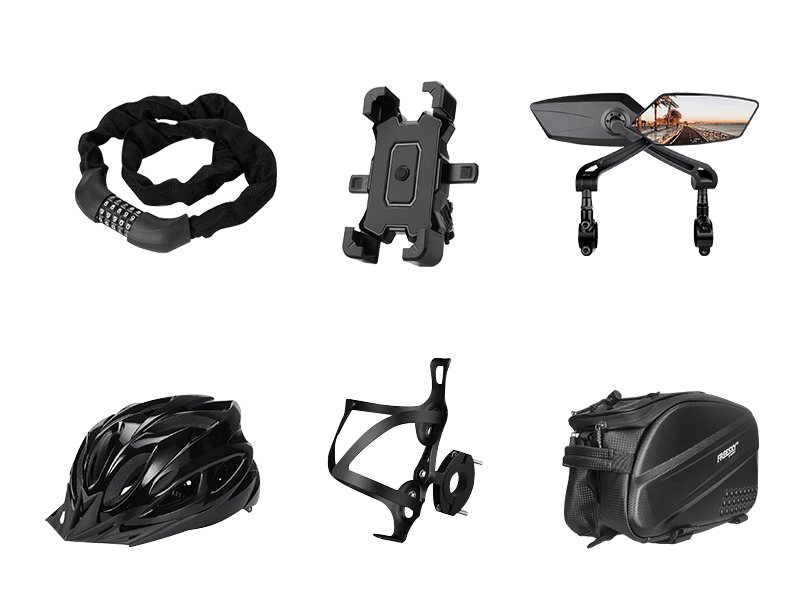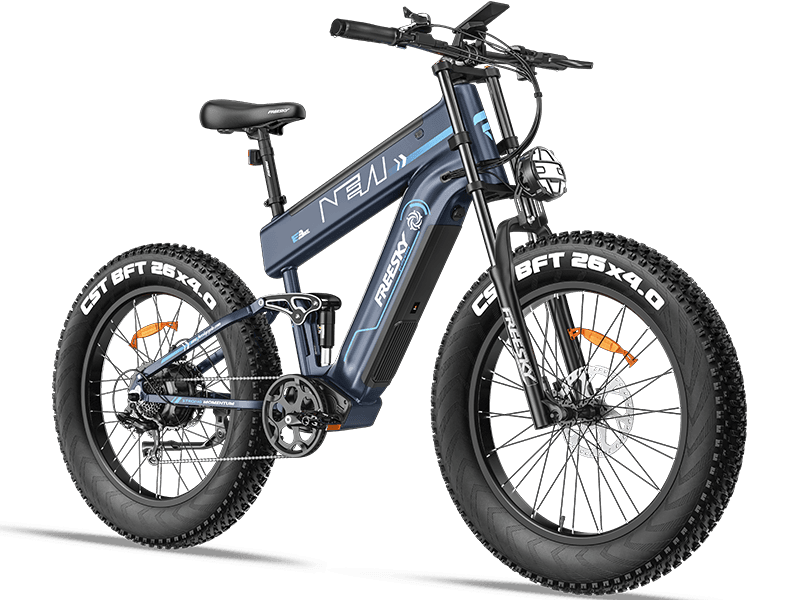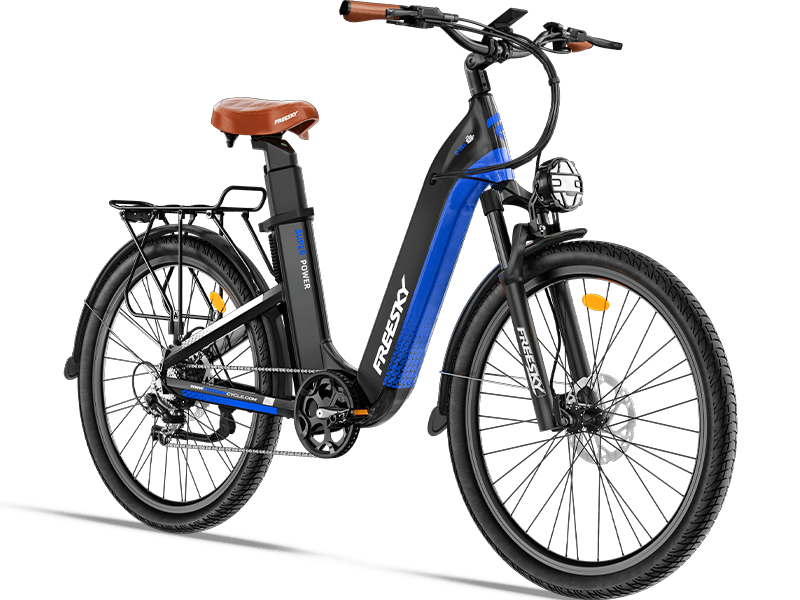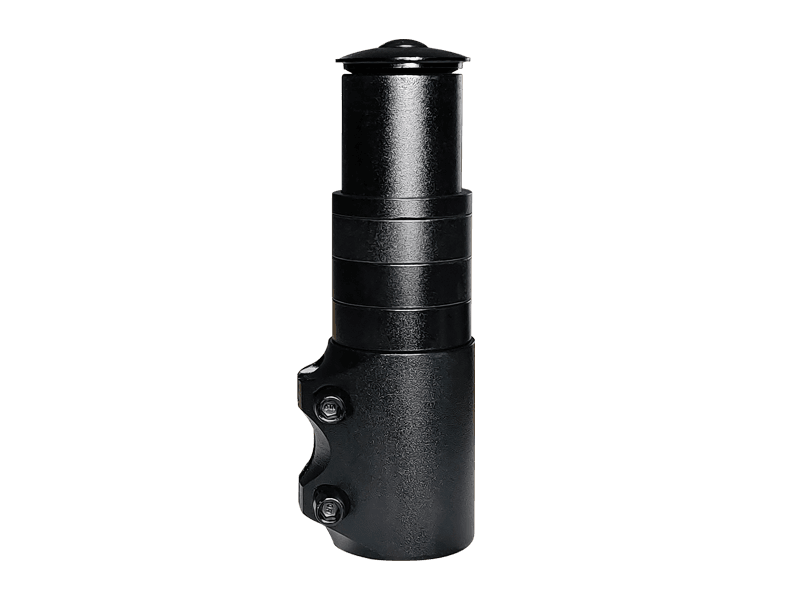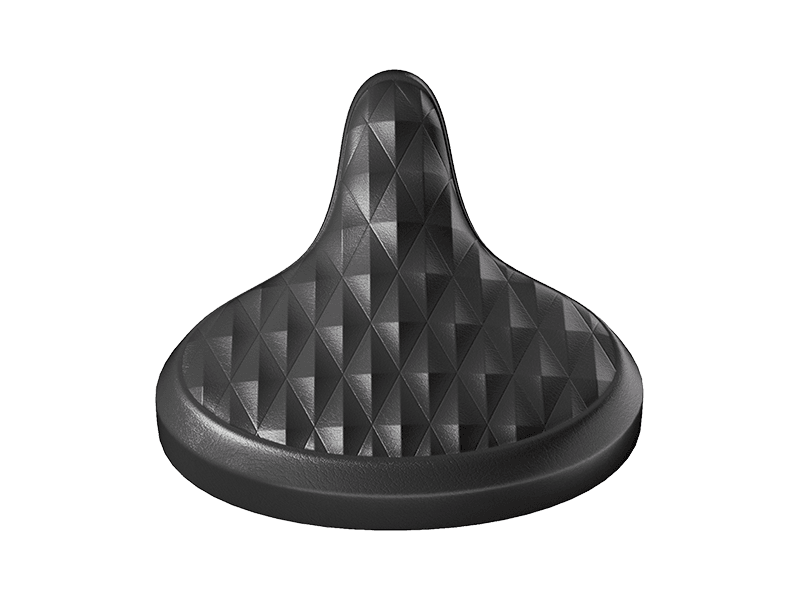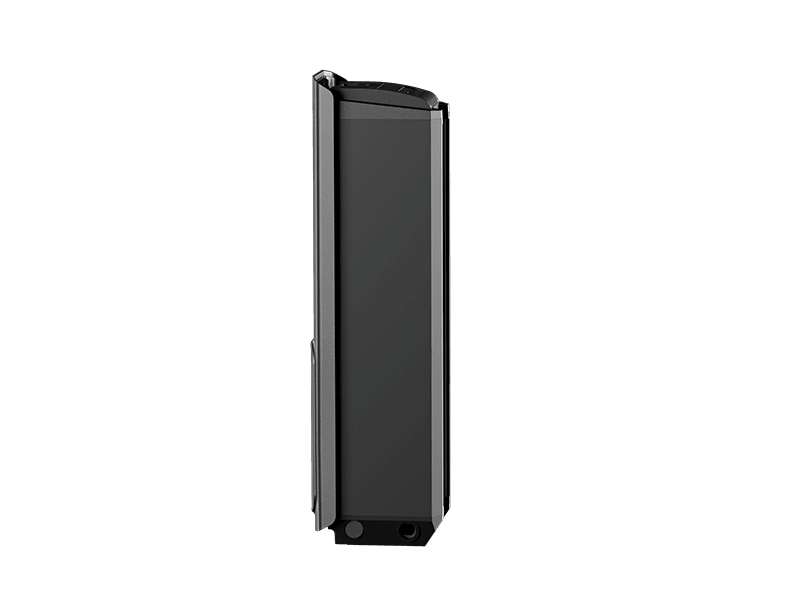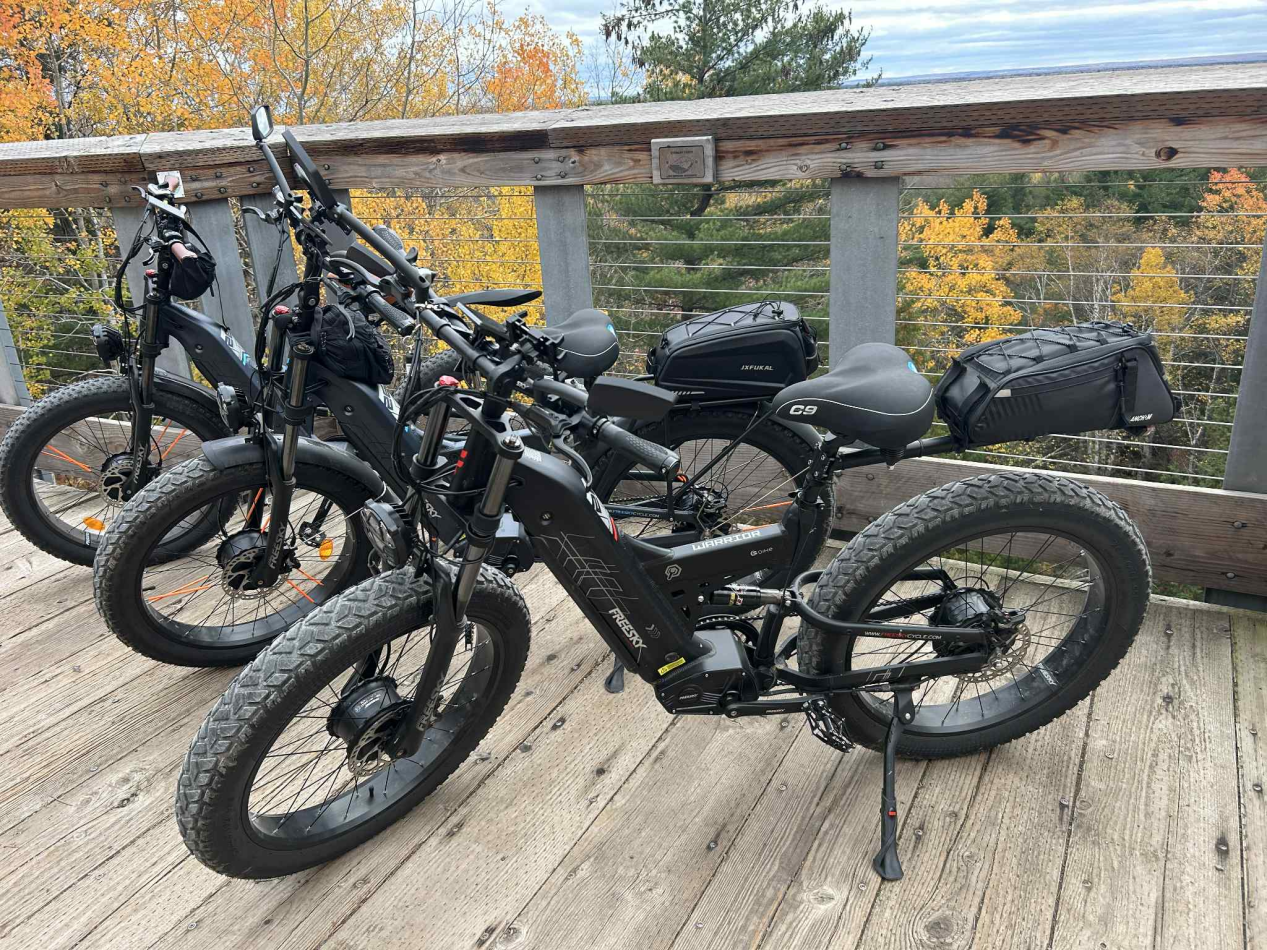How Far Can an Electric Bike Go?
JUL 18, 2025
Understanding Electric Bike Range
Electric bikes have transformed how we move across cities, suburbs, and the countryside in the UK. From daily commutes to weekend escapes, e-bikes offer freedom, comfort, and extended reach. But one of the most frequently asked questions remains:
How far can an electric bike go on a single charge?
While many standard e-bikes on the market deliver a range between 32 km and 160 km, Freesky’s UK lineup goes far beyond—achieving real-world ranges from 96 km to 257 km. Thanks to high-capacity batteries and advanced motor systems, Freesky e-bikes are designed to help riders travel longer, climb higher, and ride smarter.
What Influences an E-Bike’s Range?
1. Battery Capacity – The Foundation of Distance
Battery capacity, measured in watt-hours (Wh), directly determines how far you can travel per charge. Freesky e-bikes lead the industry with battery sizes from 1104Wh to 1968Wh, using premium lithium-ion cells from Samsung and other trusted manufacturers.
For example:
- Alaska Pro is equipped with a 48V 41Ah dual-battery system, delivering up to 257 km per charge.
- Warrior Pro and Nova, both using a 48V 30Ah Samsung battery, achieve up to 152 km and 193 km respectively.
- Ranger also reaches 152 km, with a 48V 23Ah battery setup.
These extended capacities provide the confidence and range required for long-distance journeys and multi-day rides without constant recharging.
2. Motor Efficiency and Torque Output
A bike’s real-world efficiency depends not only on the battery size but also on how effectively the motor transforms stored energy into motion.
In the UK, road-legal e-bikes are limited to 250W continuous output, which is more than adequate when combined with efficient engineering. But torque—measured in Newton-metres (Nm)—is a more critical factor in determining how well a motor can support hill climbing, acceleration, and overall responsiveness.
- Warrior Pro delivers up to 200Nm of torque via dual motors—ideal for tackling steep climbs and challenging terrain.
- Ranger provides 160Nm, offering balanced performance across varied surfaces.
- Nova is powered by a rear-drive Bafang motor paired with a torque sensor, adjusting assistance in real-time based on how hard you pedal, creating a natural and responsive ride experience.
Torque-focused systems make a significant difference in how efficient your ride feels, especially on inclines or when carrying extra load.
3. Terrain, Load and Riding Style
Several external factors also play a role in total range:
- Terrain: Flat surfaces maximise efficiency, while hills, rough tracks, or strong headwinds increase energy consumption.
- Load: Additional cargo or heavier riders place greater demand on the battery. Every extra 10 kg can reduce range by 5–10%.
- Riding Habits: Higher pedal-assist levels or frequent throttle use will shorten range, while smoother, steady riding at low assist levels will extend it.
How to Maximise Your E-Bike’s Range
To get the most out of every charge:
- Use lower pedal assist levels when possible.
- Maintain steady speeds and avoid rapid acceleration or hard braking.
- Keep tyres properly inflated to reduce rolling resistance.
- Store and charge the battery in a cool, dry place; avoid full discharges.
- Minimise weight by carrying only essential items.
By adopting these habits, you’ll not only extend your bike’s range but also improve the lifespan of your battery.
Best Freesky E-Bikes for Long-Distance Riding in the UK
Freesky offers four models specifically tuned for UK riders seeking exceptional range and performance. Each model is built with purpose—whether for commuting, touring, or all-terrain exploration.
Warrior Pro
Battery: 48V 30Ah Samsung battery
Motor: Dual motors delivering up to 200Nm torque
Range: 96–152 km
Suspension: Full suspension
Best For: Riders needing extreme climbing ability and all-terrain power. Ideal for hilly commutes, rural adventures, and high-demand use cases.
Shop Now
Alaska Pro
-
Battery: Dual 48V 41Ah batteries (total capacity 1968Wh)
-
Range: 144–257 km
-
Suspension: Full suspension
-
Best For: Long-distance touring, high-load riding, and extended multi-day journeys. Perfect for anyone who wants maximum range without compromise.
Shop Now
Ranger
-
Battery: 48V 23Ah
-
Motor: Dual motors with 160Nm torque
-
Range: 96–152 km
-
Best For: Versatile riding across urban and off-road terrain. Great for riders who value balance, power, and practicality.
Shop Now
Nova
-
Battery: 48V 30Ah Samsung battery
-
Motor: Bafang rear-drive motor + torque sensor
-
Range: 120–193 km
-
Best For: Smart commuters and long-distance cyclists who want responsive, adaptive assistance. Excellent for rolling terrain, mixed-use routes, and intuitive control.
Shop Now
Conclusion
The range of an electric bike depends on battery size, torque output, terrain, and how you ride. Freesky e-bikes are engineered to deliver superior range, exceeding typical benchmarks in the UK e-bike market.
Whether you’re commuting to work, exploring the countryside, or cycling for leisure, Freesky provides the power, reliability, and freedom to go further. With models offering up to 257 km on a single charge, your next long ride starts here.
Frequently Asked Questions
1. What is the range of a Freesky e-bike?
Freesky e-bikes in the UK offer ranges between 96 km and 257 km, depending on the model and usage conditions.
2. What factors influence e-bike range?
Battery capacity, torque output, terrain, rider weight, weather conditions, and pedal-assist level all impact range.
3. Which Freesky model is best for long-range touring?
The Alaska Pro offers the highest range, while the Nova combines smart torque sensing and excellent endurance for long rides.
4. Are Freesky e-bikes suitable for steep UK hills?
Yes. With high-torque motors (up to 200Nm), Freesky models handle inclines and uneven terrain with ease.
5. Can I use a Freesky e-bike for daily commuting?
Absolutely. All four models are designed for regular use, offering long-lasting battery life, comfort, and control for everyday journeys.




